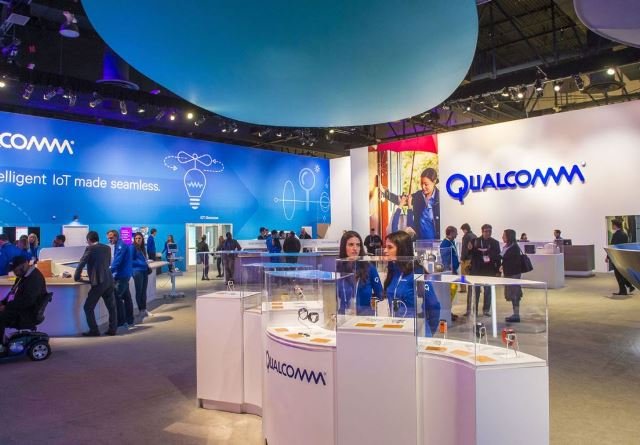Alex Rogers, head of Qualcomm’s licensing division, says the chipset firm has broadened its use of a lower-cost licensing model for the next generation of mobile data networks as part of its strategy to win more clients and reduce issues with existing clients.
The latest development could help in contentious talks with two customers including iPhone maker Apple, Reuters reported.
The patent business, which has supplied much of Qualcomm’s profit, has created conflict with Apple, Samsung Electronics and Huawei Technologies as well as regulators in China, South Korea and the United States.

New deals with smartphone manufacturing companies could lower the licensing rate that Qualcomm receives while making the business more dependable if regulators view the terms favourably and two major customers – Apple and Huawei – resolve their disputes and resume paying Qualcomm.
Alex Rogers named Apple but leaving Huawei unnamed as is the company’s policy when a dispute hasn’t become public through a court proceeding.
Qualcomm sells chips for mobile phones. The US-based semiconductor company is also into licensing technology for wireless networks. The licensing business has generated global controversy and resulted in billions of dollars in regulatory fines.
Handset makers can licence one of two sets of Qualcomm patents: The full suite that costs makers about 5 percent of the cost of a handset or a smaller set of so-called “standard essential patents” for 3.25 percent, which includes only the patents needed for gear to work on mobile data networks.
In the past, most of Qualcomm’s customers licensed both sets of patents to avoid lawsuits. Qualcomm has been defusing tensions by making it easier for customers to licence just the smaller, lower-cost set of standard patents and by adding patents for the next generation 5G wireless network to the suite at no additional cost.
That essentially extends a 2015 settlement with China’s chief antitrust regulator. Qualcomm began to licence only its standard patents for 3G and 4G networks to Chinese handset makers for 3.25 percent. More than 100 device makers have signed on for such deals.
“We have not lowered the rate. What we’re doing is including more technology, more intellectual property in the offering without increasing the price,” Rogers added.
Qualcomm also announced last week that it would assess its patent fees against only the first $400 or £291 of a phone’s net selling price. Rogers said the previous price cap was $500, a figure that was well known among industry insiders.
The question now is whether more handset makers will opt for Qualcomm’s lower-cost standard patents rather than its pricier full portfolio.
The company’s approach to licensing patents for upcoming 5G networks will look different than its initial approaches for 3G and 4G networks of years past.
